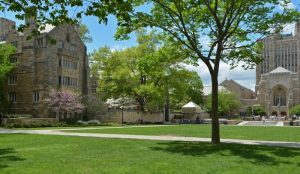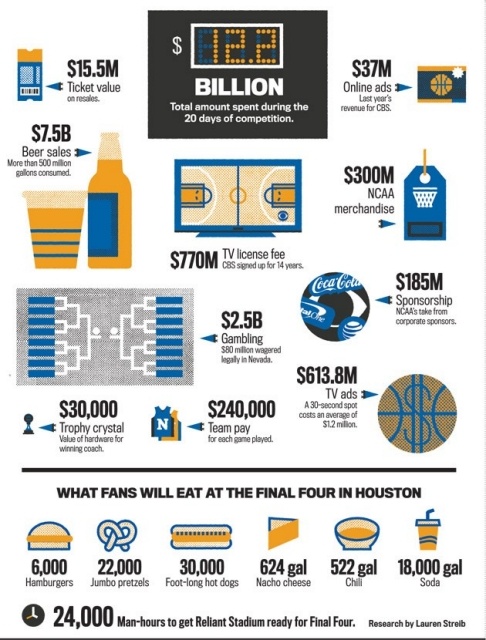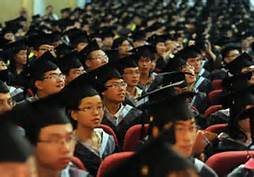In my endless and often psychologically damaging search for blog worthy news stories, I came across a proposal for Munger Hall, designed by billionaire Charlie Munger. It’s generating a lot of controversy and, when I read the sensational headlines, I too found myself incredulous.
The plan is to build the immense Munger Hall, 1.68 million square feet, at the University of California Santa Barbara in order to house up to 4,536 undergraduates in a single building. The bedrooms in the design are tiny with no windows, which seems to be the crux of all the hate. Over four thousand students crammed into tiny rooms with no windows! What sort of madness is this? What complete moron thought up this nonsense?
Then, of course, I did what I do. I read the articles about Munger Hall and saw why the bedrooms have no windows and the design intent of the building. I discovered, much to my surprise, I largely agree with the design. Let’s get into it.
Housing Shortage
The first problem Munger Hall addresses is the enormous housing shortage for students at various California institutions of higher learning including UCSB. The shortfall is so serious students are suing the state because they have nowhere reasonable to live while attending college.
It’s clear Munger Hall certainly addresses this issue with a huge number of rooms available for undergraduate students.
Too Small and No Sunlight
The problem, at first glance, is that none of the bedrooms have windows and they are absolutely tiny. It seems like a prison cell. When you read the headline and don’t delve into the actual design, the mind imagines hordes of students, crammed into small rooms with no chance of ever seeing sunshine.
The reality is quite different. The bedrooms in Munger Hall are designed largely for one thing, sleeping. The students must largely leave the bedroom to conduct most other activities although there is a small desk for private study when in the mood.
Munger Hall is filled with enormous common areas where students can gather in small, medium and large groups to eat, recreate, exercise, shop, walk, store their athletic equipment, and many other amenities.
There are restaurants, markets, courtyards, recreation centers, juice bars, pubs, and more scattered throughout the enormous building. All these spaces are possible because of the tiny bedrooms with no windows. Bedrooms designed for nothing except sleeping open the rest of the building for all sorts of exciting and interesting activities.
My College Experience
Back when I went to college, a million years ago at the University of Idaho, I slept in a fairly large dormitory room. Unlike Munger Hall, the building itself had little else of interest. We had a single lounge and a large hall used for parties. To eat we had to walk across campus. There were no common study areas. Getting to the gym required a long walk.
Where did I spend most of my time? In my room.
Conclusion
What I find interesting about the Munger Hall proposal is how many haters simply didn’t take the time to study the actual plan of the building. They saw the headline and started spewing the hate. I think many people who experienced college in the way I did, will see the value in the design of Munger Hall. If those people are willing to get beyond their kneejerk, emotional response to the building, I think they might find, like me, its appeal.
Tom Liberman




 There was an
There was an